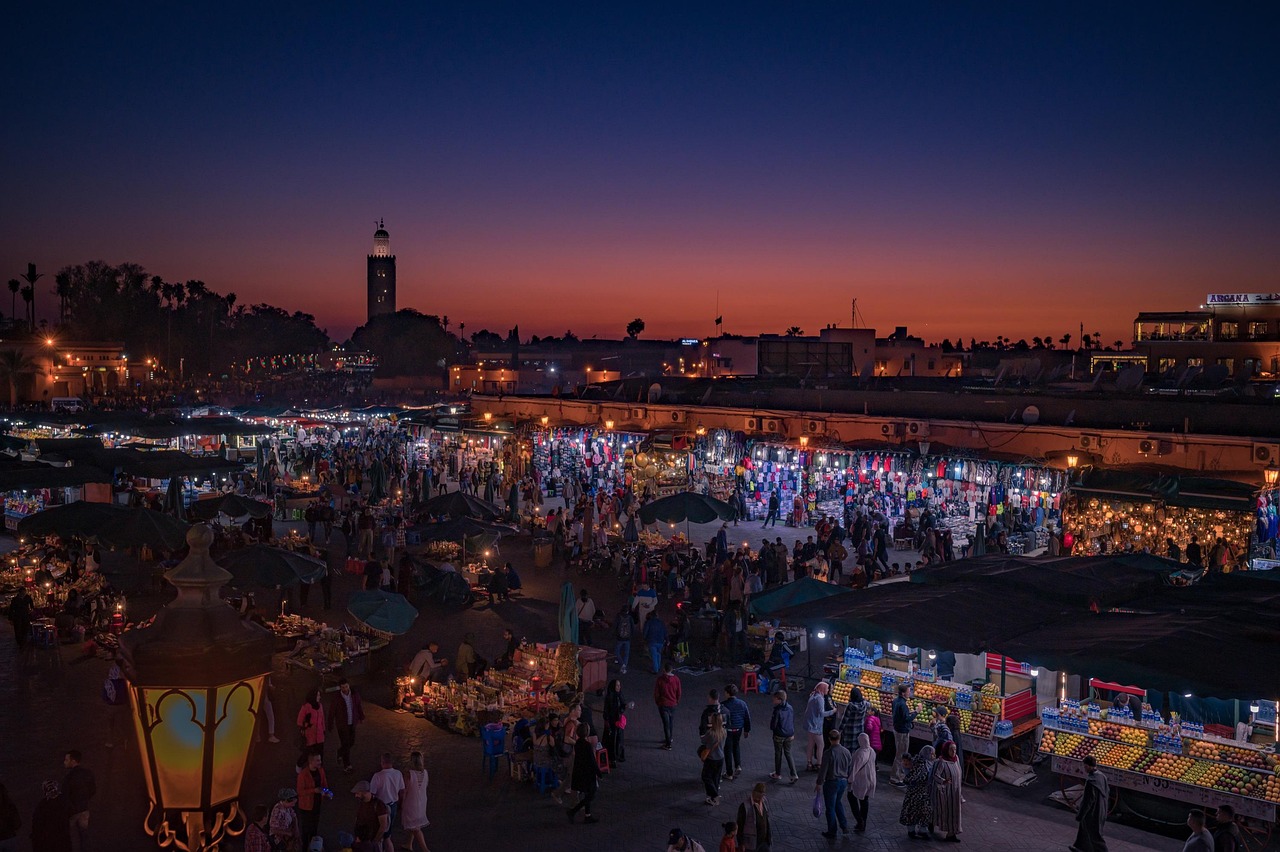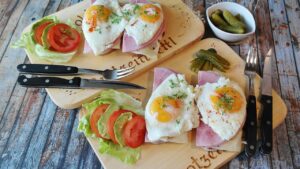In the ever-evolving world of language, branding, and culture, some words have a way of captivating attention simply by their mystique. One such term is Musté—a word that may appear unfamiliar at first but is steadily gaining recognition across industries and cultural spaces. Whether you’ve seen it in a fashion label, a photography collection, or heard it in a conversation, Musté invites curiosity.
But what does Musté actually mean? Where does it come from, and how is it being used today? In this deep dive, we explore the origins, interpretations, and real-world applications of this intriguing term, providing you with a comprehensive look at why Musté’s might be more than just a word—it’s a vibe.
What is Musté?
At its core, Musté’s a term that resists a singular definition. Its appeal lies in its ambiguity—simultaneously sounding refined, mysterious, and even a little luxurious. It’s not currently a formal word in major dictionaries like Oxford or Merriam-Webster, but that hasn’t stopped it from making waves in various creative and cultural circles.
The word is often stylized with an accent (“é”) to give it an exotic or European flair—likely French or Spanish in inspiration—though it’s not a direct derivative from those languages.
Possible Origins and Etymology of Musté
1. French Linguistic Influence
The accent on the é often leads people to associate Musté with the French language, where “musté” could be perceived as a variation of the word “must” or an invented form that suggests elegance or necessity.
In French, words ending in -é often denote something completed or polished. This association might give Musté a meaning akin to “the essential,” “refined,” or “the must-have.”
2. Branding and Invented Language
Like many modern brand names (e.g., Häagen-Dazs, Google, Zara), Musté’s could be a coined or invented term, created more for phonetic appeal than literal meaning. Marketers and brand creators often leverage such words to:
- Be unique in digital search
- Evoke a high-end or boutique feel
- Transcend cultural and linguistic barriers
3. Rooted in “Must”
In English, the word “must” denotes necessity or strong recommendation. Musté, then, might be interpreted as a refined form of urgency or importance, ideal for lifestyle or luxury brands.
Modern Uses of Musté
Over time, Musté has evolved beyond a word—it has become a concept, often seen in contexts where identity, style, and creativity meet functionality. Let’s explore where and how it’s showing up:
1. Musté in Branding and Fashion
💼 Lifestyle and Fashion Labels
Musté has been embraced by emerging fashion and lifestyle brands looking to position themselves as minimalist, elegant, or elite. The word’s ambiguity allows it to flexibly represent:
- Sustainable clothing lines
- Boutique wellness products
- Artisan accessories
✨ Why It Works:
- It’s short, memorable, and phonetic
- Suggests exclusivity and taste
- Feels like a “hidden gem” brand
Example: “Introducing the Musté collection—effortless European elegance with modern ethical roots.”
2. Musté in Photography and Art
🖼️ Category: Photo Type
In creative spaces, Musté has even been used as a photo series name or style descriptor, possibly reflecting:
- Muted tones
- Soft light aesthetics
- High-end editorial photography
A “Musté photo” could describe an image that:
- Is emotionally evocative
- Has a cinematic or moody vibe
- Feels both raw and polished
📷 Appeal in Visual Arts
The word’s soft syllables and elegant finish give it a romantic undertone, perfect for evoking subtle storytelling through visual media.
“Her Musté photography series captured the unspoken tension of abandoned spaces.”
3. Musté as a Lifestyle Term
In influencer culture and digital content creation, terms like “aesthetic,” “vibe,” and “curated” are part of everyday language. Musté fits naturally into this lexicon.
🌿 Used in Lifestyle Descriptions:
- “Her whole apartment is so Musté—it’s like walking into a dream.”
- “We’re planning a Musté-style getaway this fall—think misty forests, local wines, and soft linens.”
It conveys a mood—elegant, deliberate, slightly nostalgic, yet forward-thinking.
Why Musté is Gaining Popularity
✅ It’s Searchable
Because it’s unique, Musté’s ideal for digital branding—SEO-friendly and unlikely to compete with generic terms.
✅ It’s Flexible
Whether you’re launching a product line, describing a creative theme, or building a social persona, Musté is versatile.
✅ It Taps into Emotion
People today want more than products—they want meaning and identity. Musté’s feels like a word that contains depth, even if undefined.
How to Use Musté in Your Projects or Brand
If you’re a creator, entrepreneur, or marketer, here’s how Musté can work for you:
🔹 As a Brand Name
A standalone name for a fashion, wellness, or design brand. Short and internationally appealing.
🔹 As a Category Descriptor
Use “Musté” as a style or aesthetic label. E.g., “Musté-inspired design,” or “Musté’s tones in photography.”
🔹 In Marketing Language
Frame it as part of your tone and messaging:
- “The Musté way of living”
- “Experience the Musté difference”
Potential Trademark and Domain Use
Given the uniqueness of the term, Musté offers strong potential as a brandable domain or trademark. Whether it’s muste.com or a creative extension like muste’s.studio, its rarity makes it highly desirable in competitive online markets.
Final Thoughts
In a world flooded with noise and repetition, words like Musté stand out not just because of what they say, but because of what they suggest. It’s a word that gives you room to define it yourself, to shape it according to your aesthetic, brand, or story.
From fashion labels to photography styles, Musté’s more than a name—it’s an emotion, an identity, a whispered elegance in a loud digital world.




